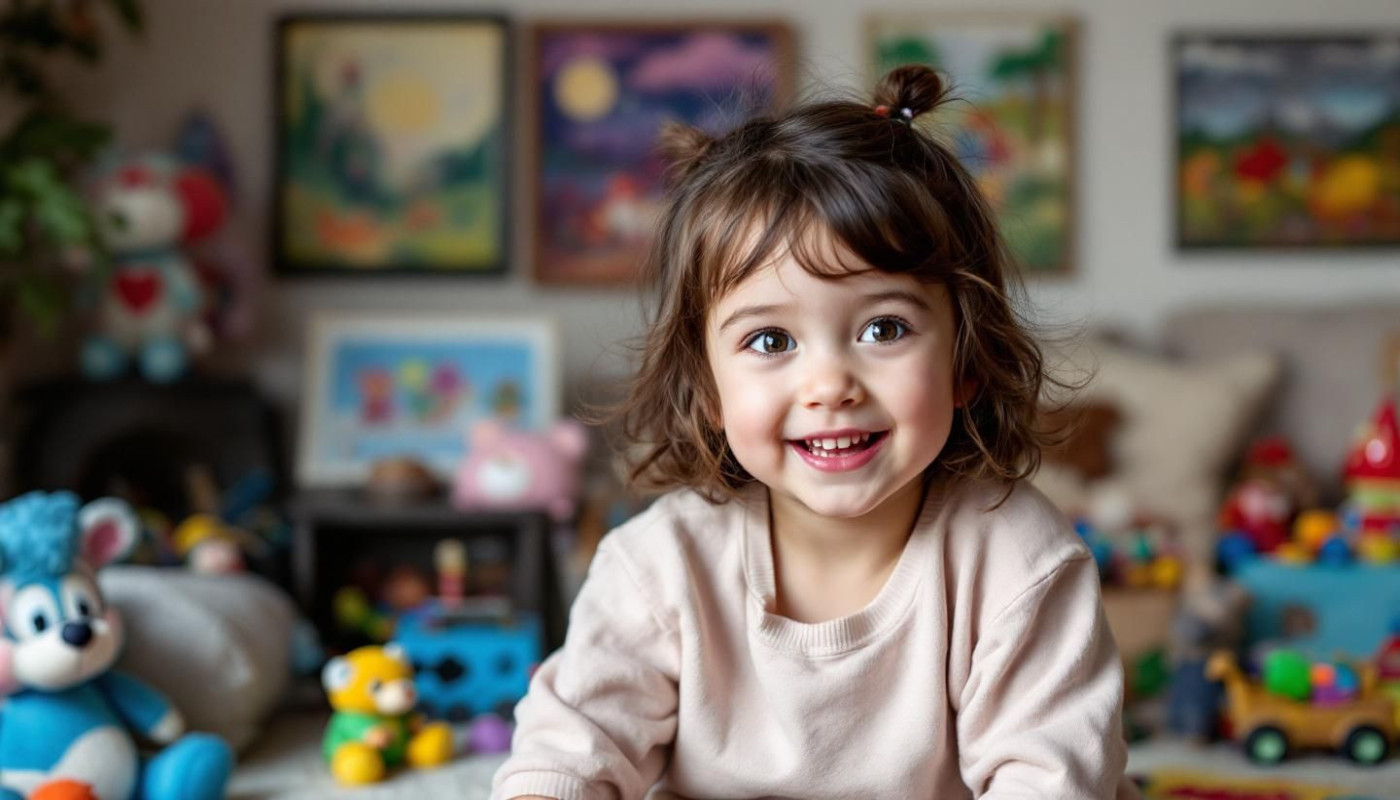Table of contents
Childhood emotional wounds can deeply impact a person’s wellbeing and future relationships. Exploring alternative therapies offers new paths for healing, addressing emotional challenges beyond conventional methods. Discover the essentials of these innovative approaches and why they’re gaining recognition among professionals and families alike.
Understanding childhood emotional wounds
Childhood emotional trauma can originate from a variety of sources, including adverse childhood experiences such as neglect, abuse, loss, or exposure to high-conflict environments. These early negative events may disrupt the natural development of emotional regulation, self-esteem, and trust, often resulting in persistent patterns of anxiety, withdrawal, impulsivity, or difficulties in forming healthy relationships. Emotional healing for children depends heavily on recognizing the subtle ways these wounds manifest, such as social isolation, frequent mood swings, or trouble concentrating, which are sometimes misinterpreted as simple behavioral issues.
Expert-guided childhood therapy aims to address these root causes, equipping children with tools to process their experiences and fostering emotional wellbeing. Timely mental health support is vital, as unresolved trauma can carry into adulthood and increase the risk of mental health challenges. Approaches for emotional healing may involve family involvement, trauma-informed care, or integration with other supportive interventions, as detailed in other resources. For those seeking additional strategies, the article at other offers practical ways to address childhood trauma and promote long-term resilience.
Benefits of expressive arts therapy
Expressive arts therapy harnesses creative outlets like drawing, painting, music, and movement, offering children powerful pathways to emotional healing when words fall short. As an art-based intervention, this approach recognizes that young individuals may struggle with articulating feelings verbally, making expressive arts therapy an invaluable nonverbal therapy tool. By engaging in creative therapies, children gain opportunities for safe emotional expression, which can reduce anxiety, improve mood, and foster self-awareness. Art-making processes also help uncover hidden emotions and promote resilience, supporting childhood healing on both conscious and unconscious levels. These creative outlets enable children to externalize internal experiences, thus facilitating communication and nurturing trust between therapist and client, especially when traditional talk therapy proves challenging.
In addition, expressive arts therapy’s flexibility allows tailoring sessions to each child’s unique preferences and needs, enhancing engagement and participation. Creative therapies embrace a holistic view of well-being, integrating emotional, cognitive, and social aspects of childhood healing in a supportive environment. The multisensory nature of art-based intervention provides alternative routes to process trauma or distress, making it especially effective for children who have experienced adverse events or developmental delays. By encouraging emotional expression through varied artistic forms, expressive arts therapy empowers children to access inner resources, build coping skills, and ultimately achieve lasting emotional growth.
The role of mindfulness practices
Mindfulness for children has gained recognition due to its proven benefits in supporting emotional regulation and stress reduction. When guided by a Director of Mindfulness Programs, children are introduced to mindfulness activities and meditation therapy tailored to their developmental stage. These practices, rooted in the concept of mindful awareness, encourage young individuals to focus on the present moment, recognize their feelings, and respond thoughtfully rather than react impulsively. Through regular engagement in mindfulness exercises, children become adept at identifying triggers for anxiety and learning practical strategies for calming their minds and bodies. In structured group or individual sessions, meditation therapy not only helps decrease symptoms of stress but also promotes a greater sense of self-awareness. This enhanced self-understanding equips children with tools to navigate complex emotions and everyday challenges, laying a foundation for long-term emotional well-being.
Exploring play therapy approaches
Play therapy, a cornerstone of child counseling, leverages toys, games, and imaginative activities to facilitate emotional healing in children. By engaging in therapeutic play, children externalize internal struggles, using symbolic play to represent fears, anxieties, or traumatic memories that might otherwise be too overwhelming or confusing to verbalize. Especially for younger children, who often lack the vocabulary to express intricate emotions, play-based intervention offers a natural, non-threatening medium for communication. Through repeated sessions, children build emotional resilience and learn healthy coping strategies, as the process gently guides them toward understanding and mastering their emotional world. The Senior Play Therapist is invited to elaborate on how symbolic play functions as a technical tool within this context, outlining both the theoretical foundations and practical outcomes observed in child counseling settings.
Integrating alternative therapies safely
Integrating therapies into a child's mental health care requires a thoughtful, multidisciplinary approach that prioritizes both safety and effectiveness. Parents and caregivers should seek reputable practitioners who are experienced in holistic treatment and collaborate with existing childhood counseling professionals to ensure continuity of care. Safe therapy practices include verifying practitioner credentials, obtaining clear explanations of techniques used, and ensuring that all approaches are evidence-based. Communication among mental health care providers, families, and alternative therapy practitioners helps reduce risks and supports tailored interventions for each child's unique needs. Monitoring progress is equally vital; regular assessments allow adjustments to the treatment plan, ensuring that the integration of therapies truly benefits the child's emotional healing. For those exploring holistic treatment options, emphasizing transparent collaboration and ongoing evaluation offers the best chance for meaningful and sustained improvement.
Similar articles

the power of hydration understanding its effects on physical performance

How to have a healthy diet?

